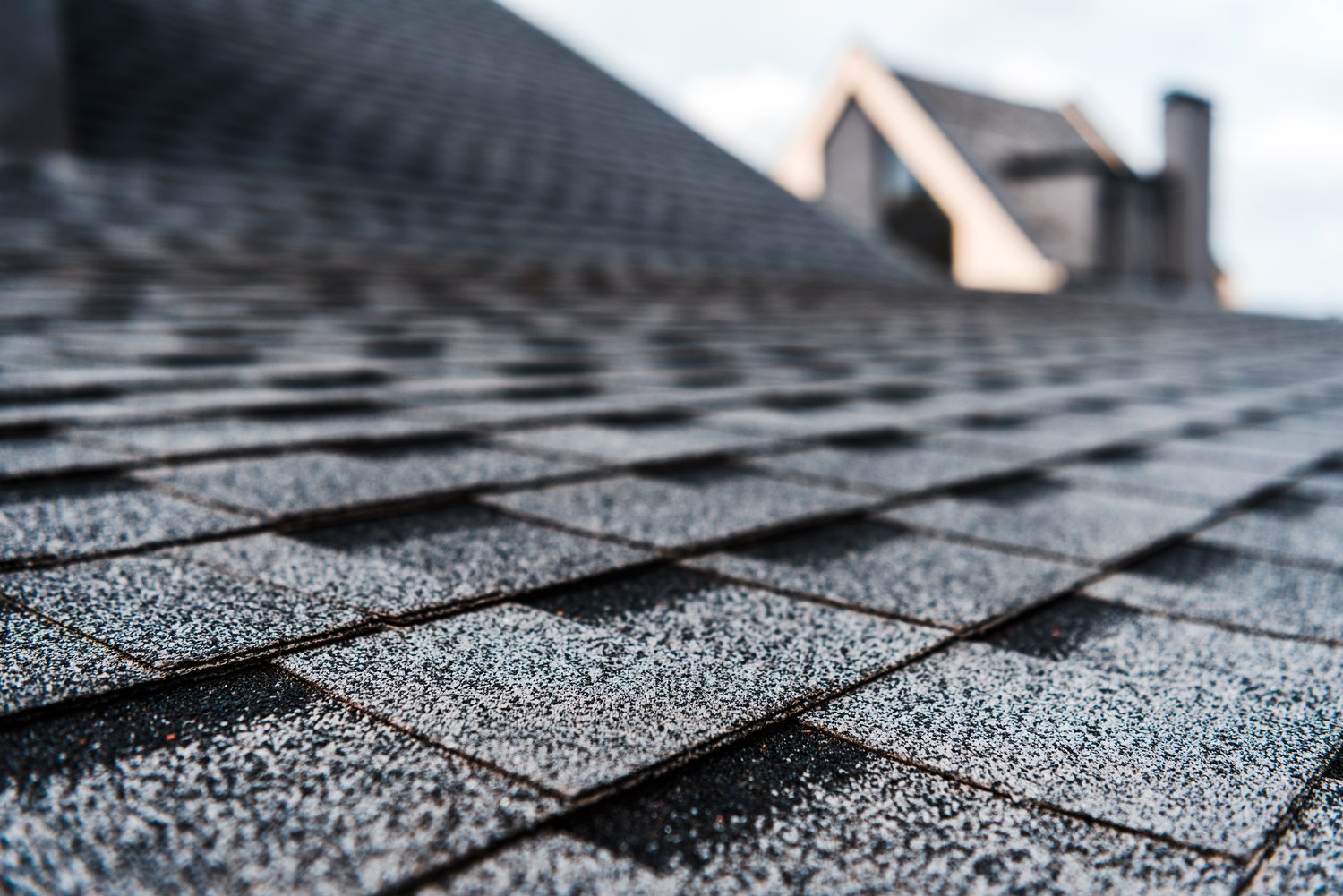A well-designed paver patio can transform your outdoor space into a beautiful and functional living area while adding value to your home. Installing a paver patio might seem daunting at first, but with proper planning and the right tools, it’s a project that even beginners can tackle successfully. This DIY paver patio guide will walk you through each stage of the process, from initial planning and site preparation to the final steps of laying patio pavers and adding finishing touches. Whether you’re looking to create a small seating area or an expansive outdoor entertainment space, these instructions will help you install paving slabs like a pro.
Planning Your Paver Patio
Before you begin your beginner patio installation, proper planning is essential. Start by determining the size, shape, and location of your patio. Consider factors such as sun exposure, drainage, accessibility, and how the space will be used. Sketch your design on paper, including measurements and the pattern you wish to create with your pavers. Calculate the square footage to determine how many pavers you’ll need, adding about 5-10% extra for cuts and potential breakage. When selecting materials, choose pavers that complement your home’s exterior and match your aesthetic preferences. Keep in mind that different paver styles and sizes can dramatically change the look and feel of your finished patio.
Gathering Tools and Materials
A successful DIY paver patio project requires the right tools and materials. For tools, you’ll need a tape measure, string and stakes for marking, a shovel and rake, a tamper (hand or power), a level, a rubber mallet, a push broom, safety gear, and a wheelbarrow. Materials include the pavers of your choice, crushed stone or gravel for the base, coarse sand for leveling, edge restraints to maintain the perimeter, and jointing sand to fill gaps between pavers. Having everything ready before you start will make the process much smoother and help you avoid delays once you begin the physical work of your patio project.
Site Preparation and Excavation
Proper site preparation is crucial when you lay patio pavers. Begin by marking the perimeter of your planned patio using stakes and string. Call your local utility companies to mark any underground lines before digging. When excavating, remove all grass, plants, and topsoil from the marked area. Dig down approximately 7-9 inches below your desired finished patio height to accommodate the base materials and pavers. Ensure the soil is compacted and slightly sloped away from any structures (about a 1-inch drop per 4 feet) to provide proper drainage. This foundational work may be time-consuming, but it’s essential for a stable, long-lasting patio that won’t shift or sink over time.
Installing the Base Layers
A strong base is the secret to a durable paver patio. After excavation, add a 4-6 inch layer of crushed stone or gravel as your base material. Spread it evenly across the excavated area, then compact it thoroughly using a hand or plate tamper. Next, add a 1-inch layer of coarse sand over the compacted gravel. Level this sand layer carefully using a long, straight board (called screeding), creating a smooth, flat surface. As noted by patio experts at AskHomey, proper base preparation prevents future shifting and settling that can ruin the appearance and functionality of your patio. Take your time with this step, as any irregularities in the base will be visible in the finished patio surface.
Laying the Pavers
Now comes the satisfying part of your install paving slabs project: setting the pavers in place. Start at a corner or edge, preferably against a permanent structure like your house. Place each paver firmly into the sand bed, leaving a small gap (approximately 1/8 inch) between each paver. Work in small sections, checking frequently with a level to ensure evenness. Follow your planned pattern, working outward in a systematic way. For pavers that need cutting to fit around edges or obstacles, use a masonry saw or paver splitter. Be patient during this phase—precise placement now will result in a more professional-looking finished product.
Finishing Touches
After all pavers are in place, install edge restraints around the perimeter to prevent lateral movement. These can be plastic, metal, or concrete, depending on your preference and budget. Next, spread jointing sand over the entire surface, sweeping it into the gaps between pavers. The sand locks the pavers together, creating a solid surface. Use a plate compactor to vibrate the pavers, helping the sand settle completely into the joints. Apply water lightly to help settle the sand further, then add more sand as needed. Some homeowners choose to apply a sealer after the patio is complete to enhance the color of the pavers and provide protection against stains and weather damage.
Maintenance and Care
To keep your newly installed DIY paver patio looking its best, regular maintenance is important. Sweep the surface periodically to remove debris and prevent weed growth. If weeds do appear, remove them promptly and consider applying a weed preventer. Occasionally, you may need to add more jointing sand if it gets washed away by rain or regular use. Clean any stains promptly using appropriate cleaners for your specific paver material. With proper care, your beginner patio installation can provide a beautiful outdoor living space for many years to come, making all your hard work worthwhile.
For more tips and to connect with reliable home service professionals, follow AskHomey on Facebook and Instagram.



